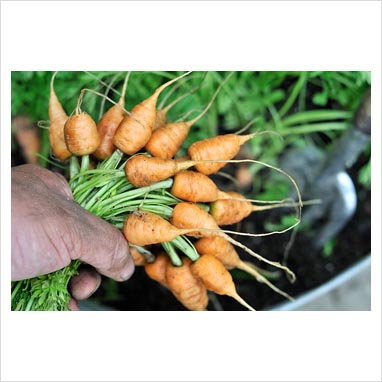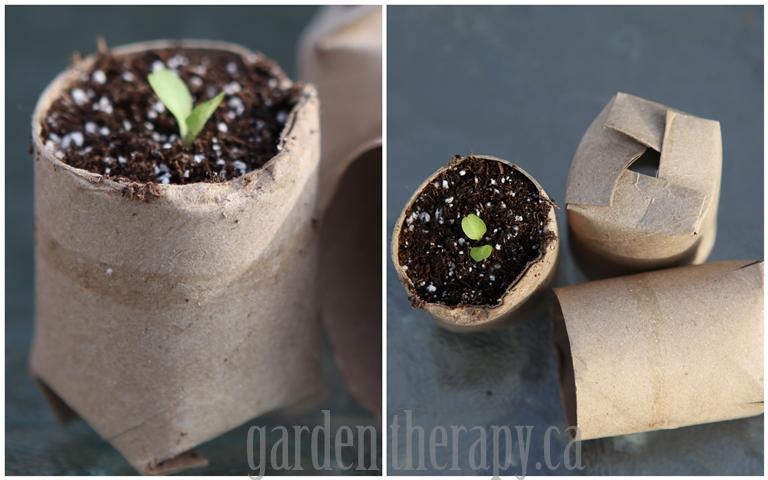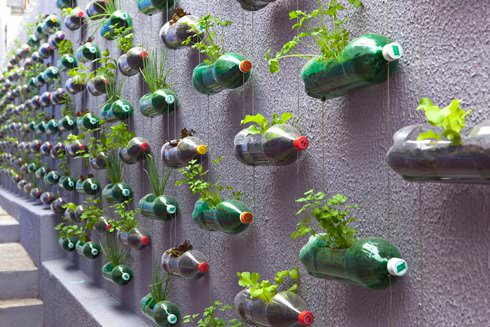A Patent is the exclusive right granted by a government to an inventor to manufacture, use, or sell an invention for a certain number of years. People often apply for a patent to protect their creations and inventions from others who would copy it to make money. How does this apply to plants though?
Plants have been here since man can remember. Plants were not created by man. In the United States a grower can apply for a patent on any number of unique genetic lines that they helped start. Does this mean they "invented" that genetic line or simply that they were lucky enough to combine the right genetics to make something new and desirable?
After scouring the web to learn about roses I discovered something frightening. Many rose varieties being sold have patents on them. This means you can't reproduce that variety in any way even if you don't intend to sell it. The repercussions of doing so can be very harsh and will most likely get you sued.
To scare you even more is the fact that many large plant distributors sell roses with patents on them. In 2003 Lowe's Stores started selling patent roses from a large company called Jackson and Perkins. Often these rose varieties aren't clearly labeled that they are under patent making it difficult for would be rose enthusiasts to feel safe trying to grow them.
The first plant patent was given to Henry F. Bosenberg in 1930 for the Climbing or Trailing Rose. Since then many roses have been placed under patent. These roses are then protected from DIY gardeners for a period of 20 years. After the patent expires it is then safe to propagate, clone, root, and reproduce that variety.
My front yard is practically a maze of rose bushes of every type. My grandmother started her rose garden before I was born and cared for it meticulously until the day she died. Even after her death most of the root systems were strong enough to survive an 8 year period of no care. I have been working hard since moving into her house to return the yard to it's former glory. Included in this was a goal of starting my own roses the way she did so many of them. Now I am facing the fact that I may need to grow from seed so that I know for a fact that my plants are not "illegal."
The problem with starting roses from seed is that the odds are against the average gardener. Many of the seeds will not grow. The ones that do are rarely a variety so pretty you can't let it go. Then there are the genetic concerns of root health, resilience to pests, cold tolerance and the list goes on.
Grandma's roses are old enough I feel confident that my yard is "safe" from legal action but I still have to wonder where each one came from. My mystery rose garden...
 |
| There is no such thing as a "true blue rose" |







































